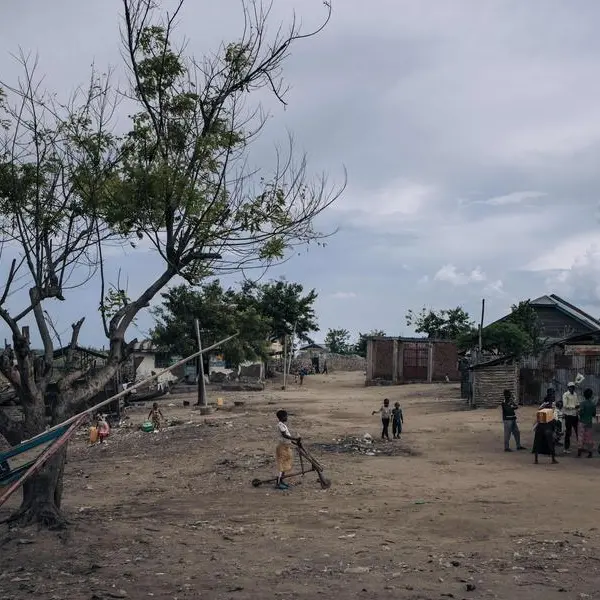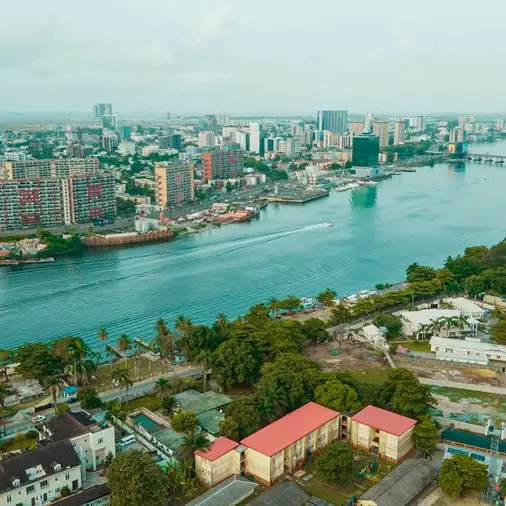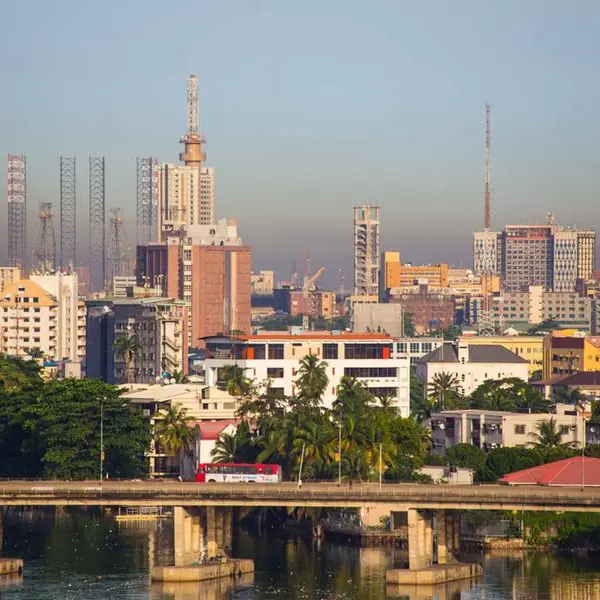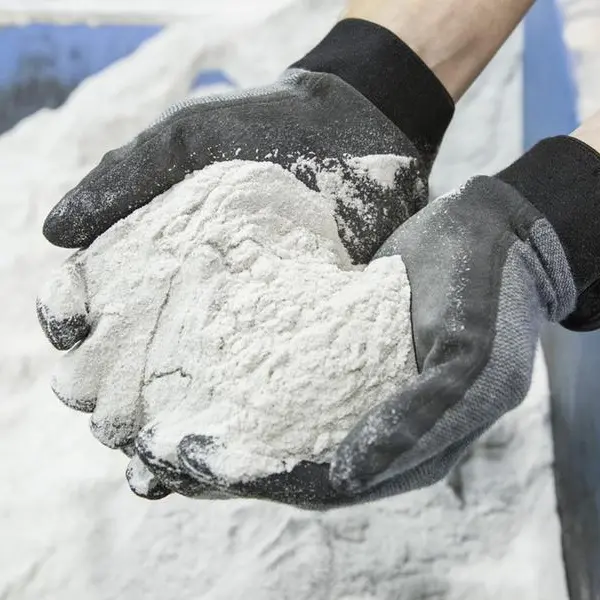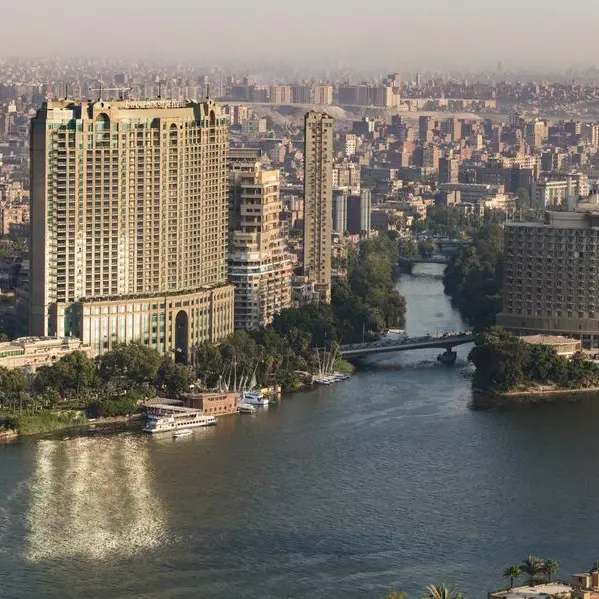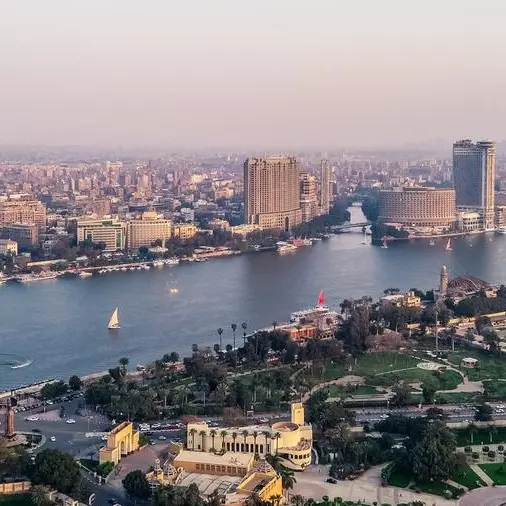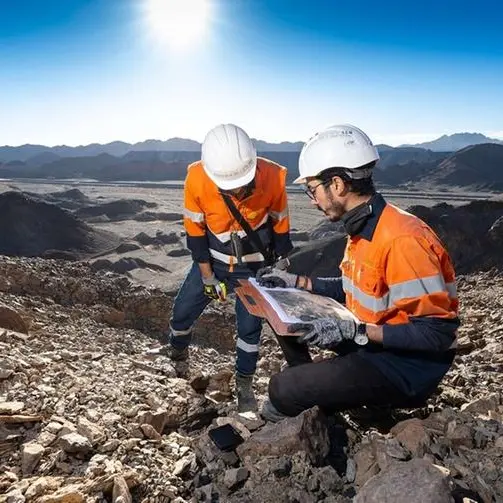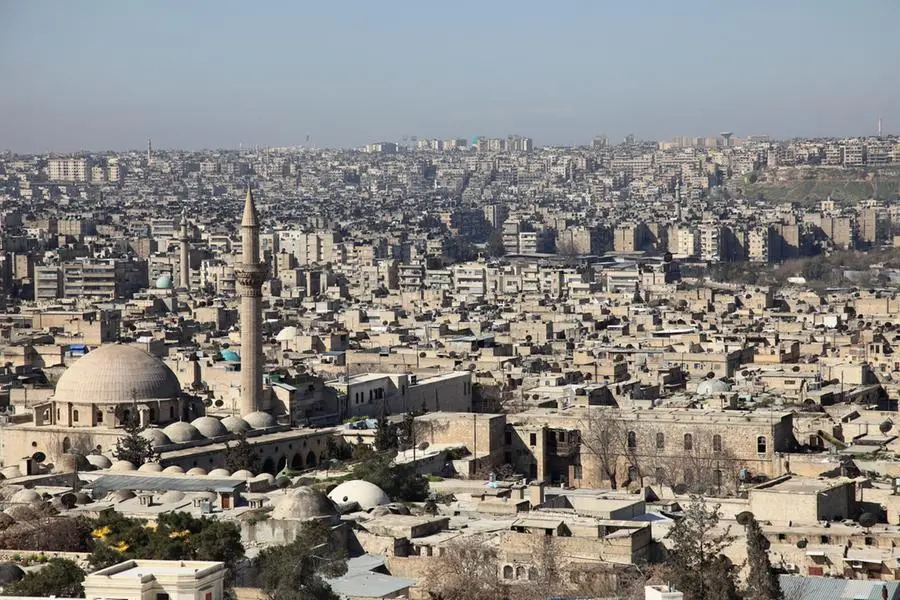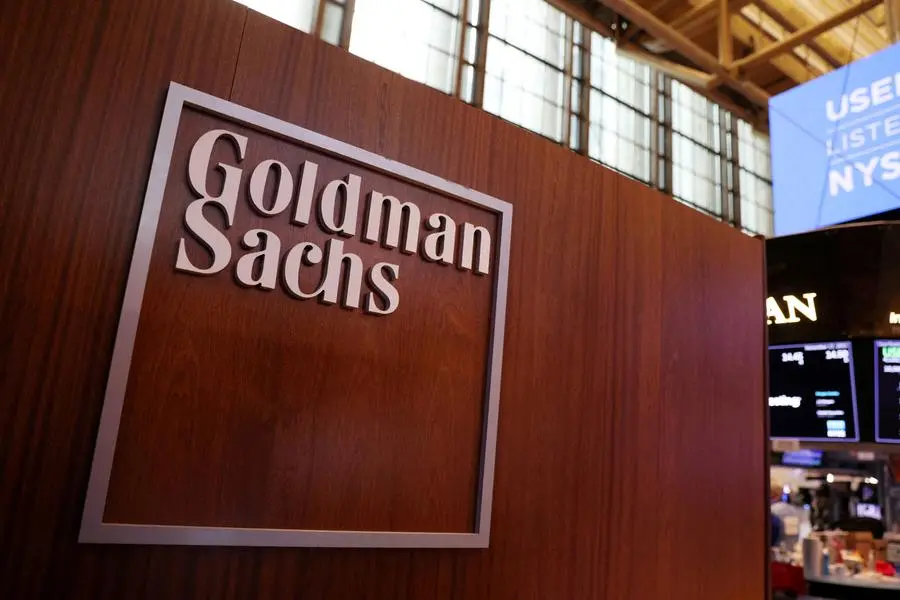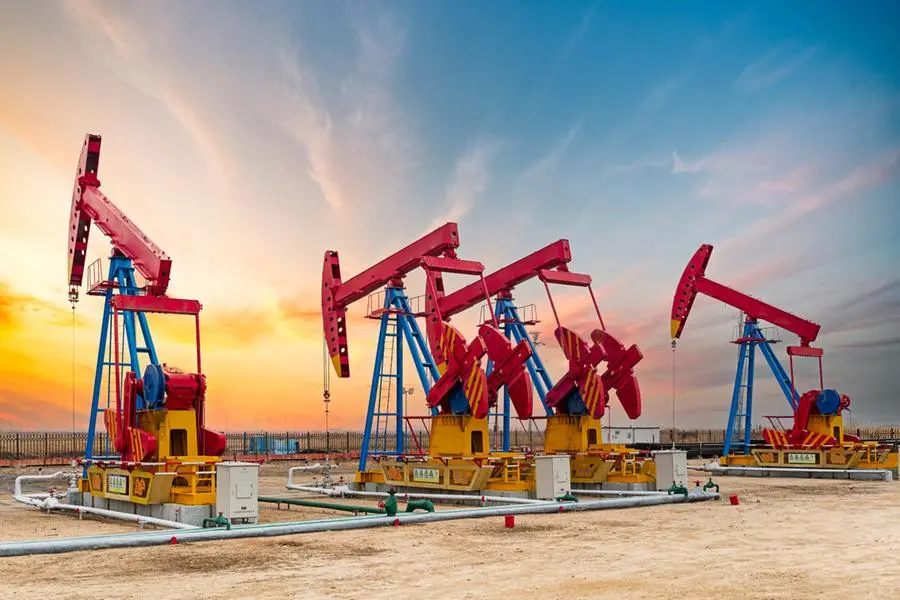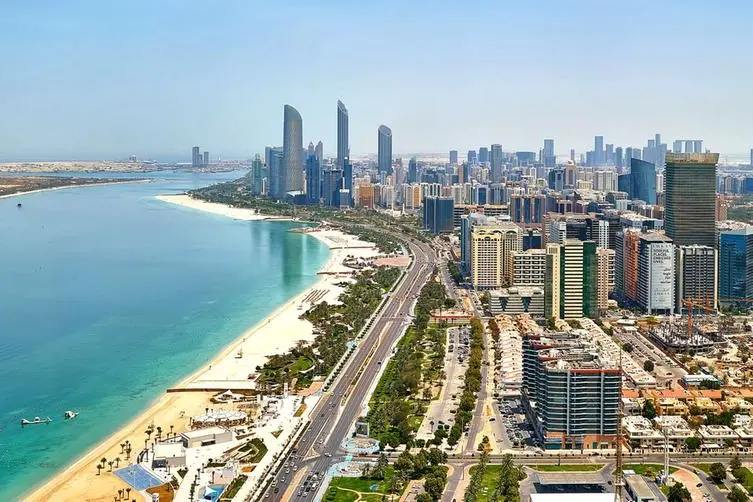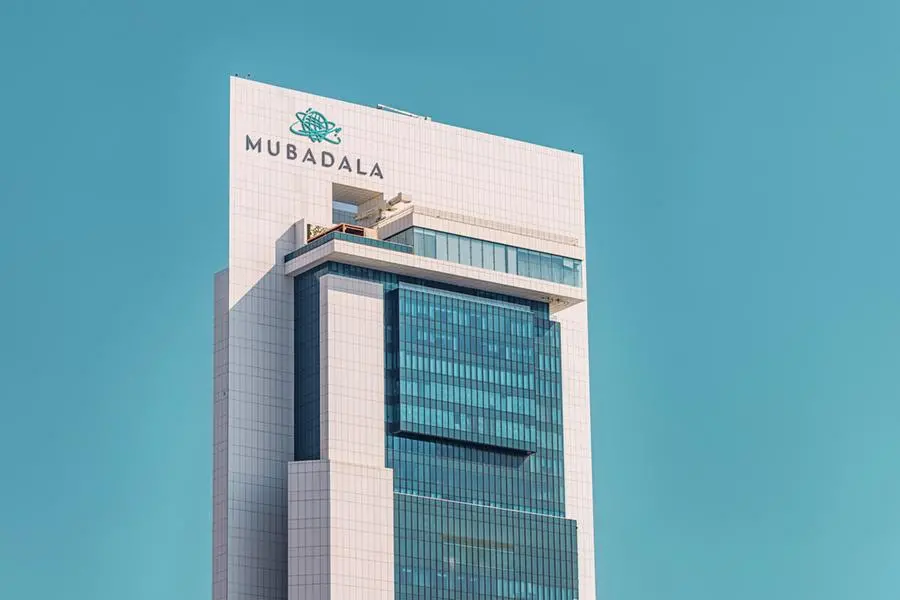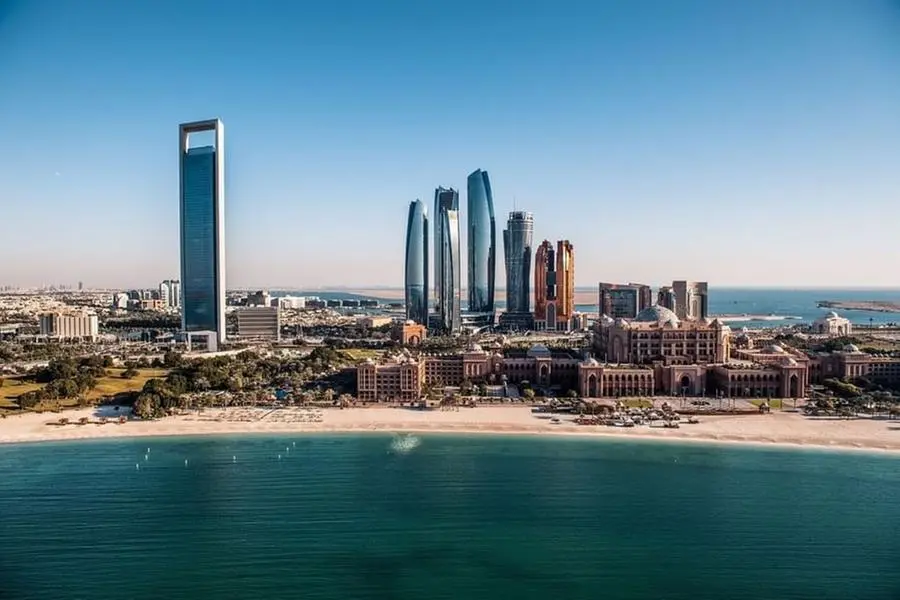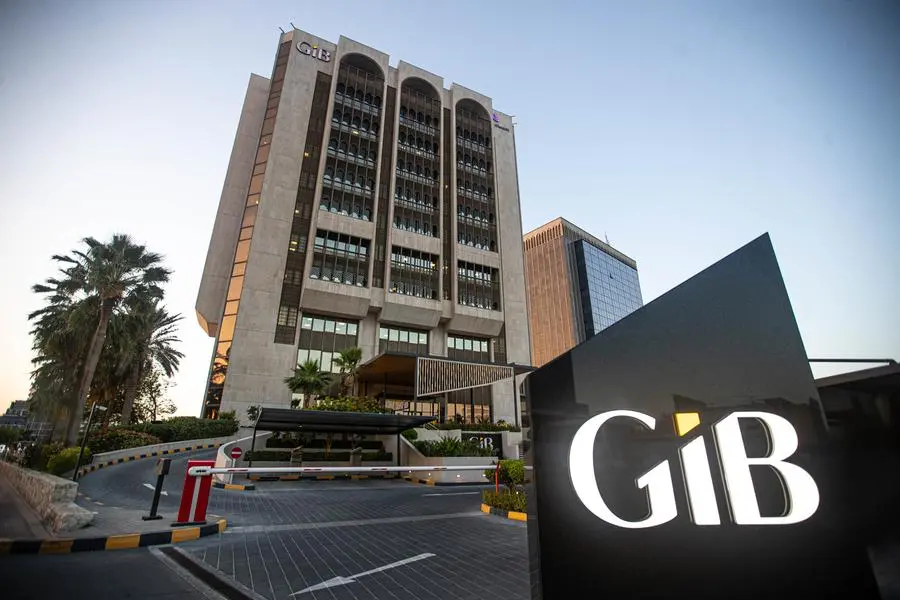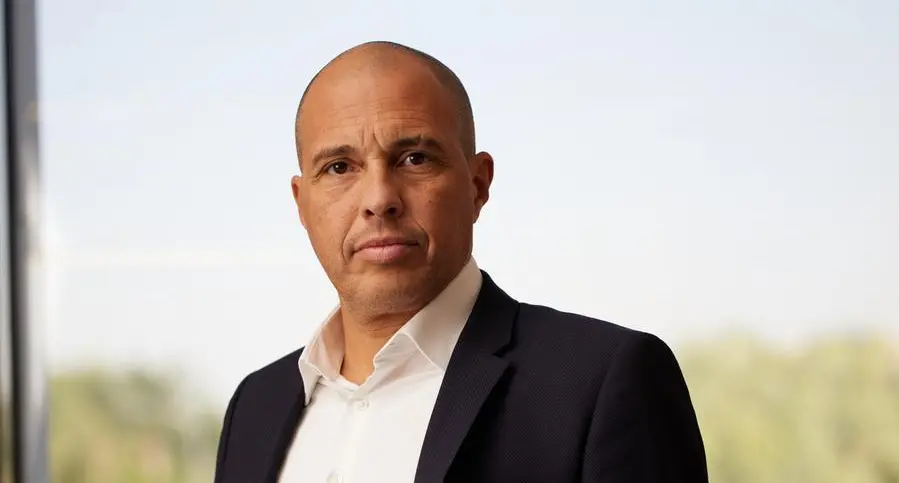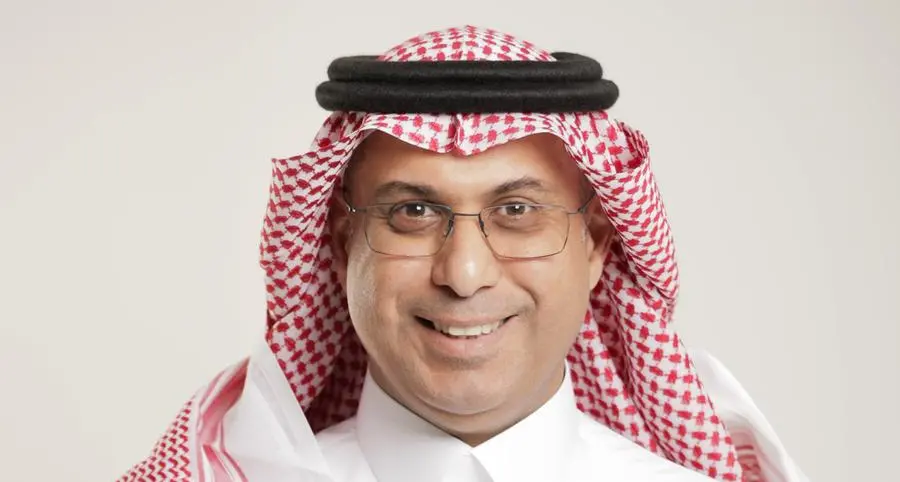PHOTO
In a landmark year for Oman’s minerals sector, the Ministry of Energy and Minerals issued 26 new mining licences in 2024 and celebrated the start of commercial copper exports, marking a major step forward in the Sultanate’s efforts to diversify its economy under the Vision 2040 framework.
According to the Ministry’s annual report for 2024, the government granted 14 permanent mining licences and 12 exploration licences, covering several provinces.
These licences covered a broad array of resources such as gypsum, limestone, chromite, copper, iron ore, marble, and various construction materials.
The Ministry also renewed 10 mining licences and one exploration licence, helping ensure continuity for active operations while opening doors for new investors.
The year also saw major developments in copper mining, with two strategic projects beginning production and exports. In Al Khaboura, the Al Ghuzayn Copper Project entered commercial operation in 2024, with an initial investment of 43 million Omani rials ($112 million), according to the report.
The project, developed by Mawarid Mining, aims to extract six million tonnes of copper ore over six and a half years. In addition to producing and exporting its first copper shipments, the company issued sales invoices and official export certificates, solidifying Oman’s re-entry into the global copper market.
The project is also expected to generate 50 direct jobs for Omani nationals and allocate one per cent of its annual output to support local community development, in line with the provisions of Oman’s Mineral Wealth Law.
Despite facing challenges linked to production reporting delays from several operators, Oman’s overall mineral output for 2024 remained substantial.
Total mineral ore production stood at 67.7 million tonnes, down 14 per cent compared to the previous year.
Of this, 62.5 million tonnes were sold, generating revenues of OMR 114.3 million ($297 million). Exported volumes reached 35.9 million tonnes, with gypsum accounting for the largest share at 12.4 million tonnes, or 35 per cent of total exports.
By the end of 2024, ten companies were operating across 21 designated mining concession areas in the Sultanate.
These blocks contain commercially viable reserves of copper, chrome, laterite, potash, dolomite, gypsum, limestone, nickel, and cobalt.
The Ministry said it is continuing to promote digital transformation in the sector and has launched an online bidding platform to enable transparent access to mineral blocks and facilitate the evaluation of applications by potential investors.
(Writing by Nadim Kawach; Editing by Anoop Menon)
Subscribe to our Projects' PULSE newsletter that brings you trustworthy news, updates and insights on project activities, developments, and partnerships across sectors in the Middle East and Africa.

